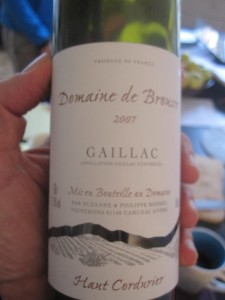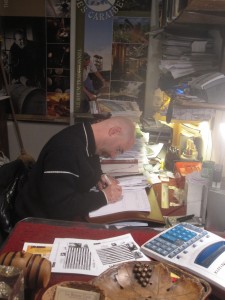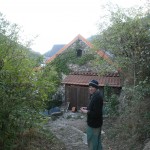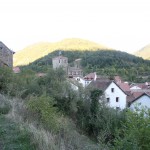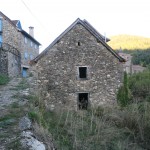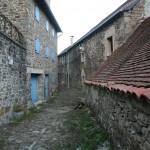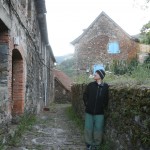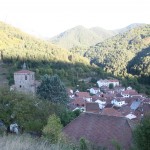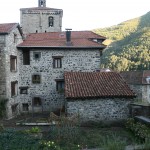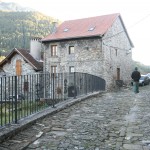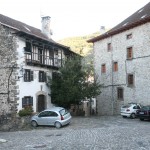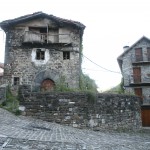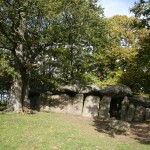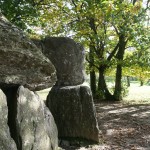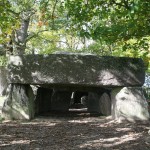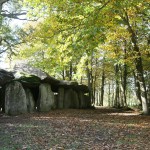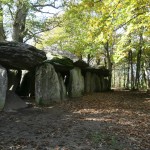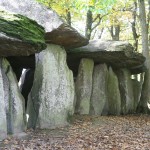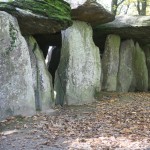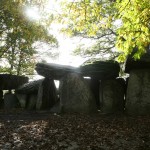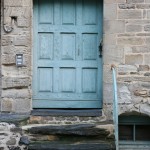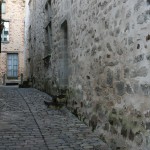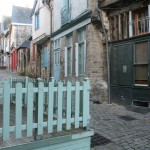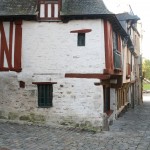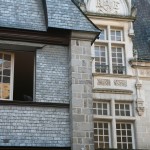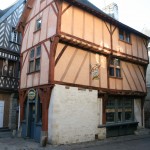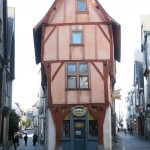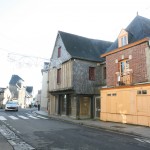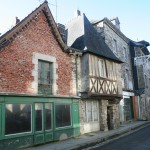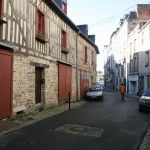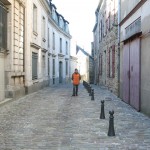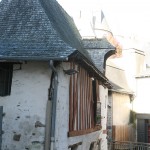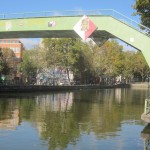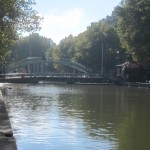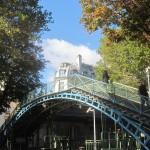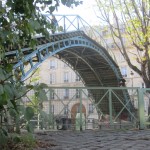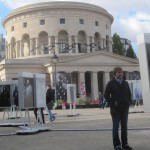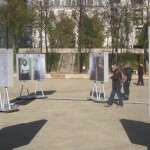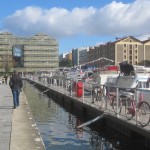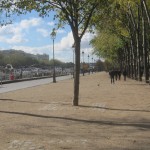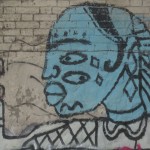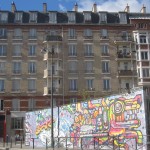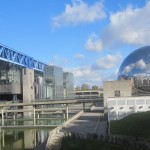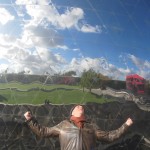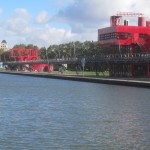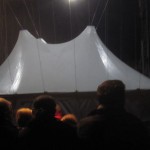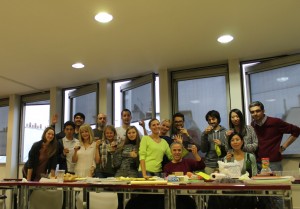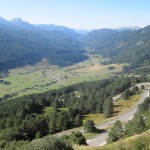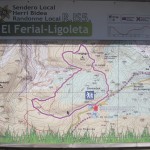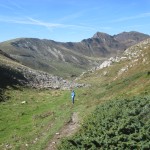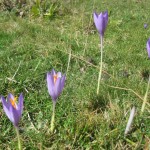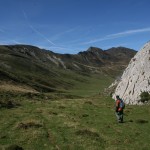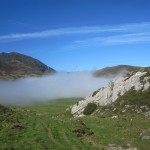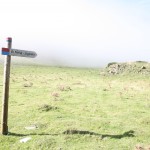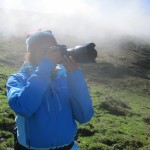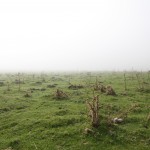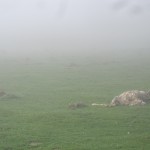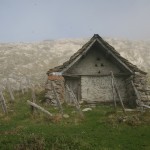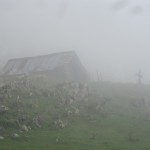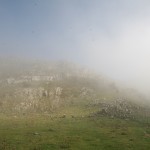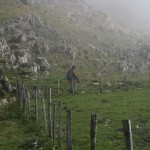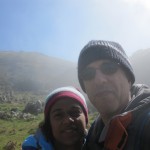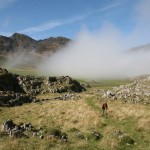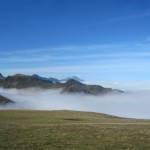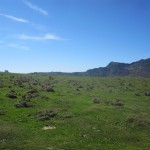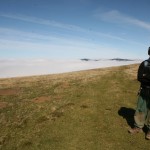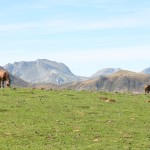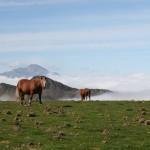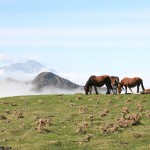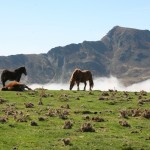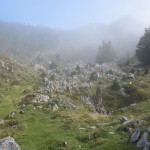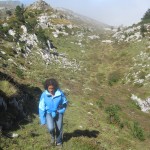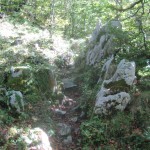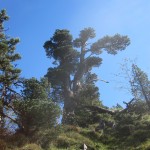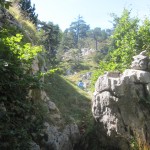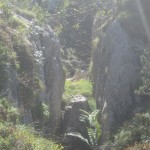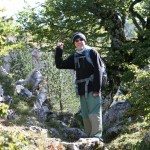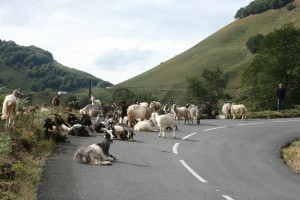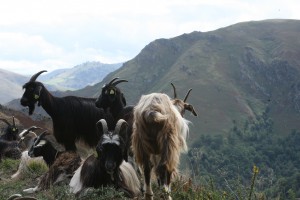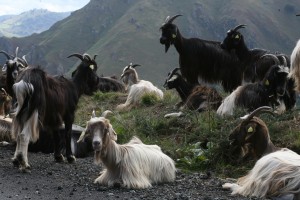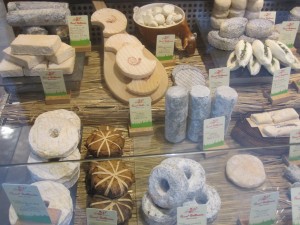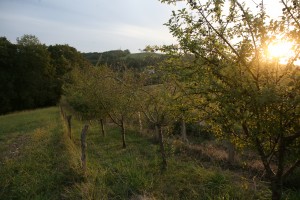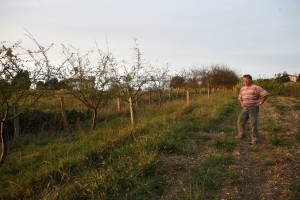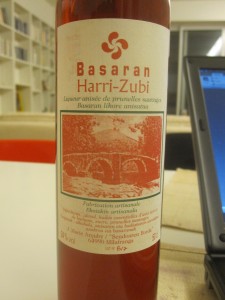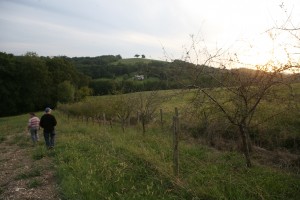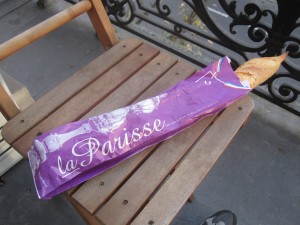 While Jennifer has been writing about butter, I have been eating bread and planning a blog post on the topic.
While Jennifer has been writing about butter, I have been eating bread and planning a blog post on the topic.
Bottom line: The bread is tasty !!
In Paris, there are bakeries all around. The french still shop daily, so while there are supermarkets and such – there is an economy for small neighborhood shops for everything: butchers, greengrocers and bakeries. I also read this in the Wikipedia article
French bread is required by law to avoid preservatives, and as a result bread goes stale in under 24 hours, thus baking baguettes is a daily occurrence, unlike sourdough bread which is baked generally once or twice a week, due to the natural preservatives in a sourdough starter.
Where we live it seems like there are even more bakeries than the average – see the map below with markers of some of the bakeries around our apartment. Click on the markers for notes and pictures.
View Bakeries near us in a larger map
We have been eating primarily baguette, but the bakeries are full of different breads, not all long loafs are baguette (which literally mean stick). If you go and ask at the bakery for baguette, you will get something different than if you ask for baguette tradition which is also typically 5 or 10 centimes more expensive.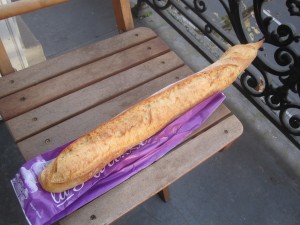
Now what makes one baguette better that others? Well it’s about texture and flavor of both the crust and the sponge. In baguette the top crust should be crisp but still chewy, the bottom firm and chewy. And then the flavor of the dough.
Every year Paris runs a competition for the best baguette. The winner gets a contract for a year to deliver to the presidential palace. In 5 of the 6 past years the winner has been from the 18th arrondissement where we live. We have tasted the baguette at the winners of 2012,2011,2010 – all walking distance from our house, though two of them are on the other side of the “hill”.
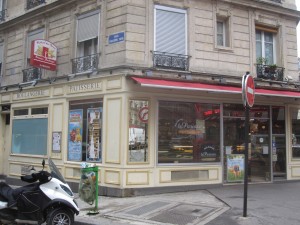 My favorite bread and the one we tend to get most often is “la Parisse” from a close-by bakery which makes a bread recipe designed by Meilleur Ouvrier de France (MOF), Gaëtan Paris (yes that’s his name). The bread is baked by selected bakeries. The Parisse (according to his website), get its flavor from natural fermentation. Its a very mild sourdough. With Jennifer’s butter its heaven.
My favorite bread and the one we tend to get most often is “la Parisse” from a close-by bakery which makes a bread recipe designed by Meilleur Ouvrier de France (MOF), Gaëtan Paris (yes that’s his name). The bread is baked by selected bakeries. The Parisse (according to his website), get its flavor from natural fermentation. Its a very mild sourdough. With Jennifer’s butter its heaven.
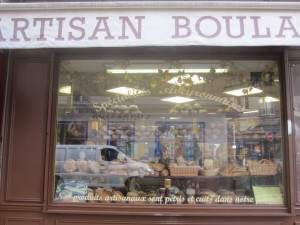 I’ll end with a bread story. I am in my sweats walking back home from the other side of the hill back home with a baguette sticking out of a short bag which I had been eating from the end. A french tourist guide with an English speaking group roaming Monmartre stopped me to take a group picture and explained to the one of the tourist that “this is how the French eat their baguette on the way home from the bakery.”
I’ll end with a bread story. I am in my sweats walking back home from the other side of the hill back home with a baguette sticking out of a short bag which I had been eating from the end. A french tourist guide with an English speaking group roaming Monmartre stopped me to take a group picture and explained to the one of the tourist that “this is how the French eat their baguette on the way home from the bakery.”


